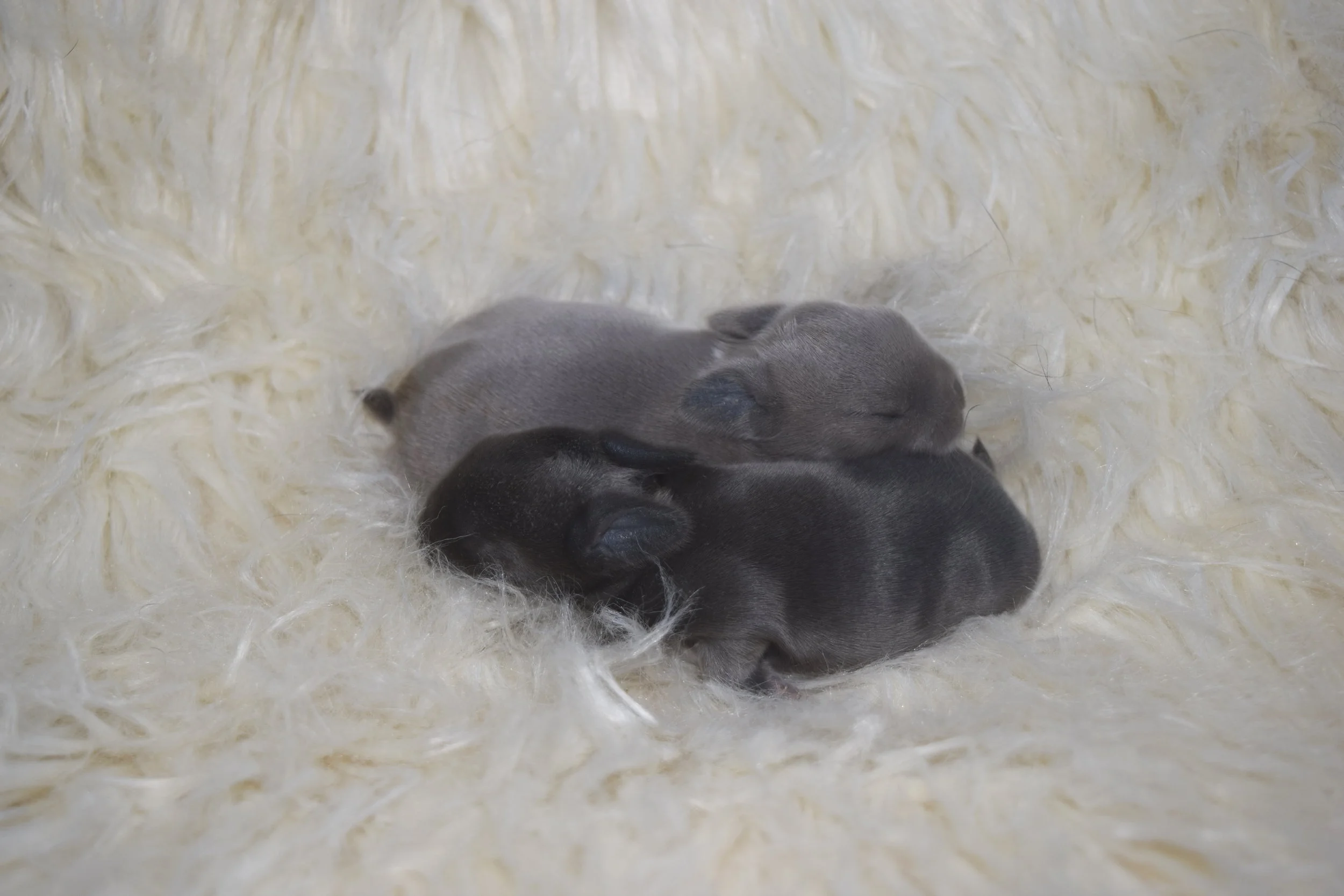Bunny Translator #1: Dwarf Rabbits
Like any other special niche, bunny breeding has it's own language. You can pick up some of these terms on rabbitry websites. If you are or were a 4-H kid, you probably studied them. If you were to attend a rabbit show, you would hear them slung incessantly. If you don't fall into those categories, it can all sound a bit foreign. What do all those terms mean, and do you really need to know them? Honestly, you probably don't. However, it can be pretty enlightening and helpful if you are searching for a Holland Lop. Why? Because no bunny breed departs from the form of a wild bunny more than a Holland Lop, and that trademark look has it's own descriptors. The better the form, the cuter the holland. Knowing the terms will help you identify and find that look more easily. In this article we will focus on terms used to describe characteristics particular to holland lops and other dwarf breeds.
Common Holland Lop Descriptors and Their Meanings
Dwarf: This term is used to describe the genetic manifestation of tiny, petite proportions in a bunny. Dwarf bunnies usually range in size from 1 to 4 lbs. Hollands in particular are typically between 2 and 4 lbs. All dwarf bunnies have a single dwarf gene.
False Dwarf: This term is used to describe a bunny that has some or all true dwarf rabbits in its pedigree, but has NO dwarf genes itself. False dwarf hollands tend to weigh slightly more (3-5 lbs.) They usually have proportionally larger back feet and longer ears as well.
Peanut: A peanut is the heartbreak of the holland lop breeder. It is a bunny that received a dwarf gene from both parents. Two dwarf genes results in a bunny that cannot survive. Some are DOA, and those that survive the birthing process often die within a few days. Peanuts are easily identified because they are much smaller than both true and false dwarf. Their siblings pass them up in size and weight quickly.
What difference does this make to a pet owner?
Oh, so glad you asked.
If you want to purchase a kit, it is helpful to understand that it very hard to distinguish true from false dwarfs at 8 weeks (approximate age of weaning). A lot of growing and changing happens in the first three months - and some bucks don't reach their prime until 2 years of age. If you want to raise your odds of getting that cute holland look, ask the breeder about the kit's parents, and make sure that they have produced litters with peanuts. Some breeders use false dwarf does to get bigger litters and avoid peanuts. The results are far fewer true dwarfs.


